|
First Field Dressings were introduced for use by the British Army during the Boer War. They were also issued during the First World War. They contained two bandages with safety pins and were to be used om wounds before the injured person could be carried to a first aid station or similar. Each serviceman had their own First Field Dressing and if you came across an injured soldier you were to use their own bandage on them. Special pockets in the tunics were incorporated to hold the bandage and later pockets on the leg of battledress did the same.
With the fear of bombing attacks on civilian populations growing (the bombing attack on Guernica during the Spanish Civil War occurred on 26 April 1937) the Home Office saw a requirement for dressings to be available for bombing casualties by first responders (in many instances members of the Warden's Service). The bandages would deal with injuries associated with bombing (shrapnel, flying glass etc) before the injured could be transported to a first aid post or local hospital. The below is an October 1938 First Field Dressing made by Smith & Nephew. As no uniform was issued to the fledgling Civil Defence Services at this time the bandages were most likely issued as part of small first aid pouches or even carried in pockets. I've not heard of instances of the bandage carried in a pocket of the bluette overalls. I assume the requirement was not necessary as dedicated first aid responders were available from 1939. With the introduction of the serge uniforms (battledress for men and tunics for ladies), special pockets were incorporated in the designs. Civil Defence trousers followed the British Army pattern and included a pocket on the front right of the trousers. On the Pattern 71 tunic a special pocket was made in the lining to hold the bandage (similar to how they had been for First World War soldiers). A larger bandage called a 'Shell Dressing' was also made with Home Office approval and examples are also dated from 1938.
2 Comments
I am indebted to Alan House, author of "Home Front Transport - Vehicles of the UK Civil Defence Services 1938 to 1968" for sending me a copy of his book. Alan is a retired member of the fire and rescue service and has written a number of books.
His Home Front Transport book covers the various types of vehicles used by Civil Defence Services during the second world war and then post war by the Civil Defence Corps until it was disbanded in 1968. The book includes information on vehicles that were converted and those specifically manufactured for civil defence purposes. It's a fantastic book with over 300 pages packed with copious black-and-white and colour photographs. The above book (ISBN 9780956119902) can be bought direct from the author for £9.75 plus postage – simply email the author at [email protected] Two course completion certificates issued in 1942 and 1943. It's quite rare to see LAAS certificates.
Sadly doing the rounds again are fake AVRO ARP items. Here we have an AVRO ARP armband claimed as "WW2". The AVRO badges have cropped up repeatedly on eBay (along with spurious collar tabs) are are from a notorious faker of militaria. Be warned - it's a modern piece of crap on an aged piece of cloth.
A certificate issued by the Central Wandsworth Division, Fire Guard Organisation in November 1942. The attendee had passed a course in dealing with incendiary bombs.
|
Please support this website's running costs and keep it advert free
Categories
All
Archives
June 2024
|
|
|
Copyright © 2018–2024
|

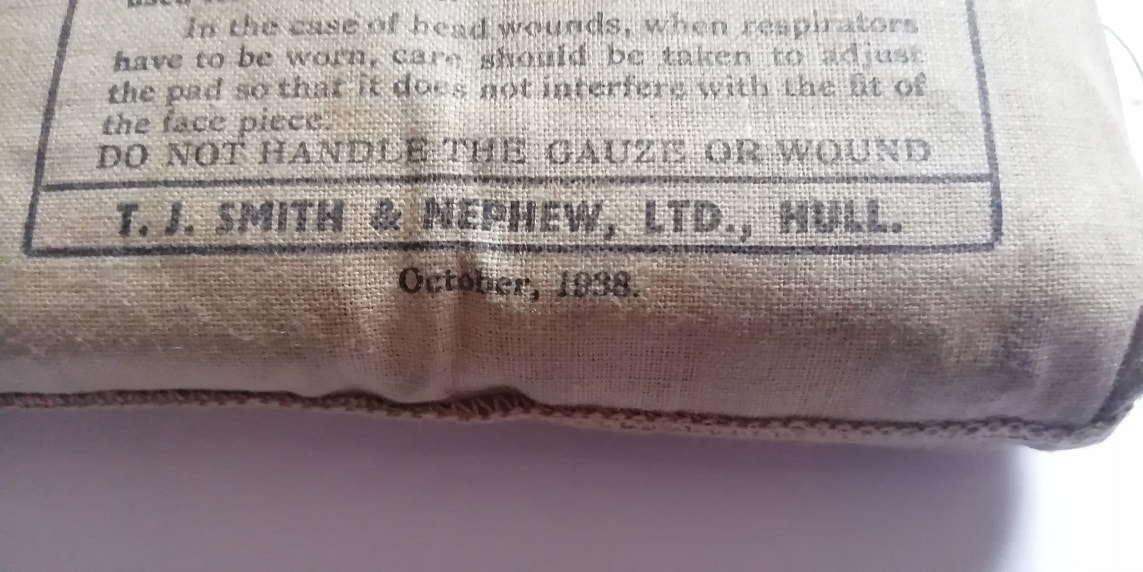
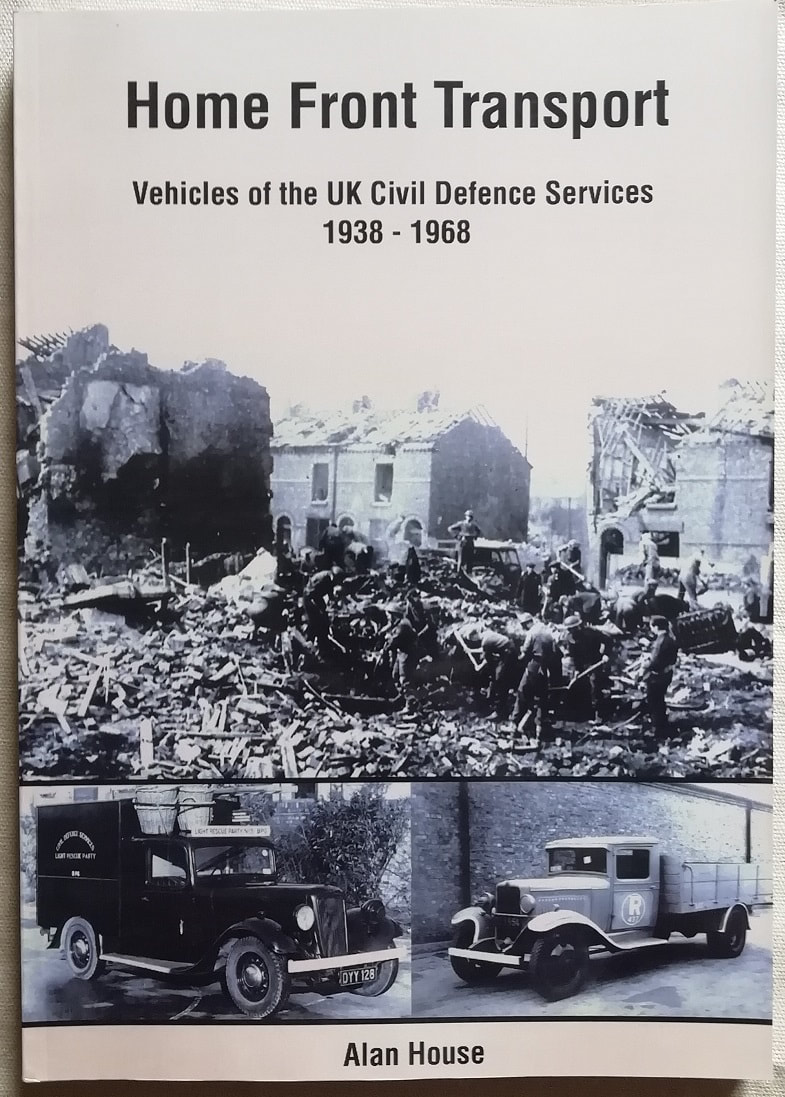
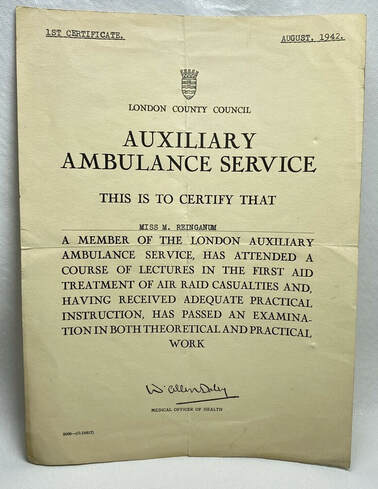
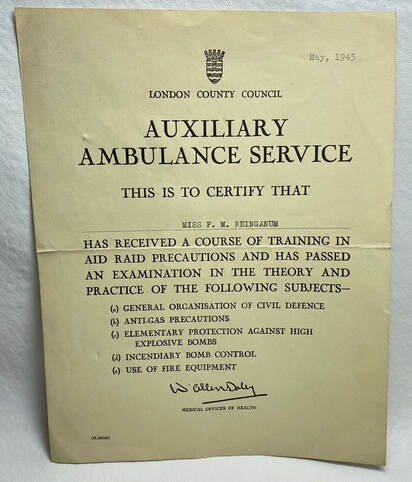
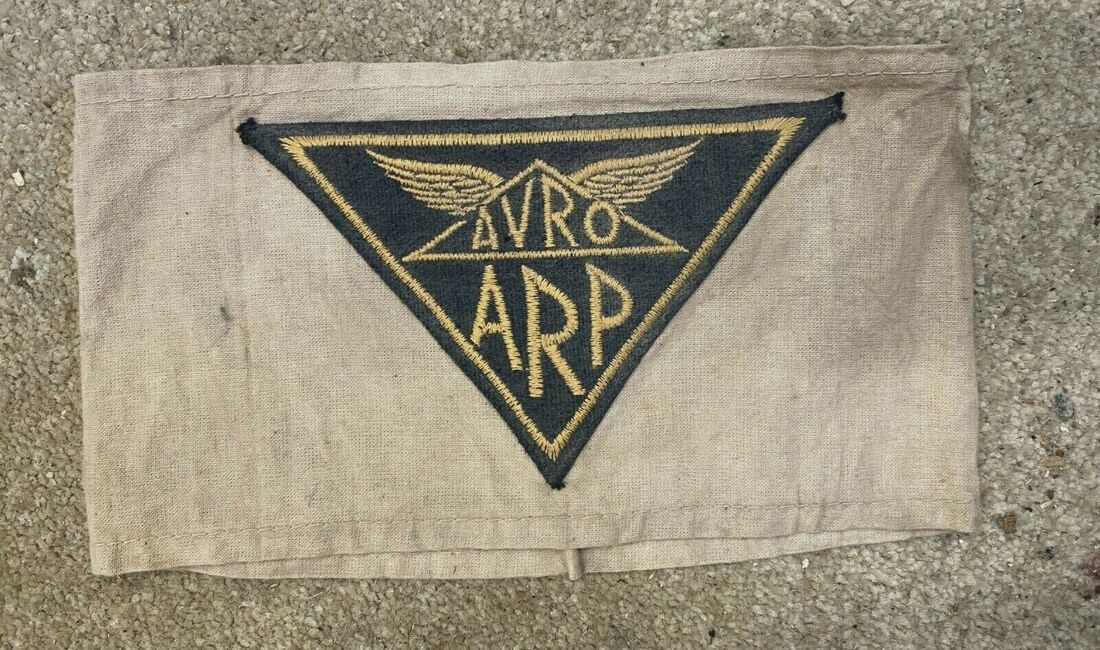
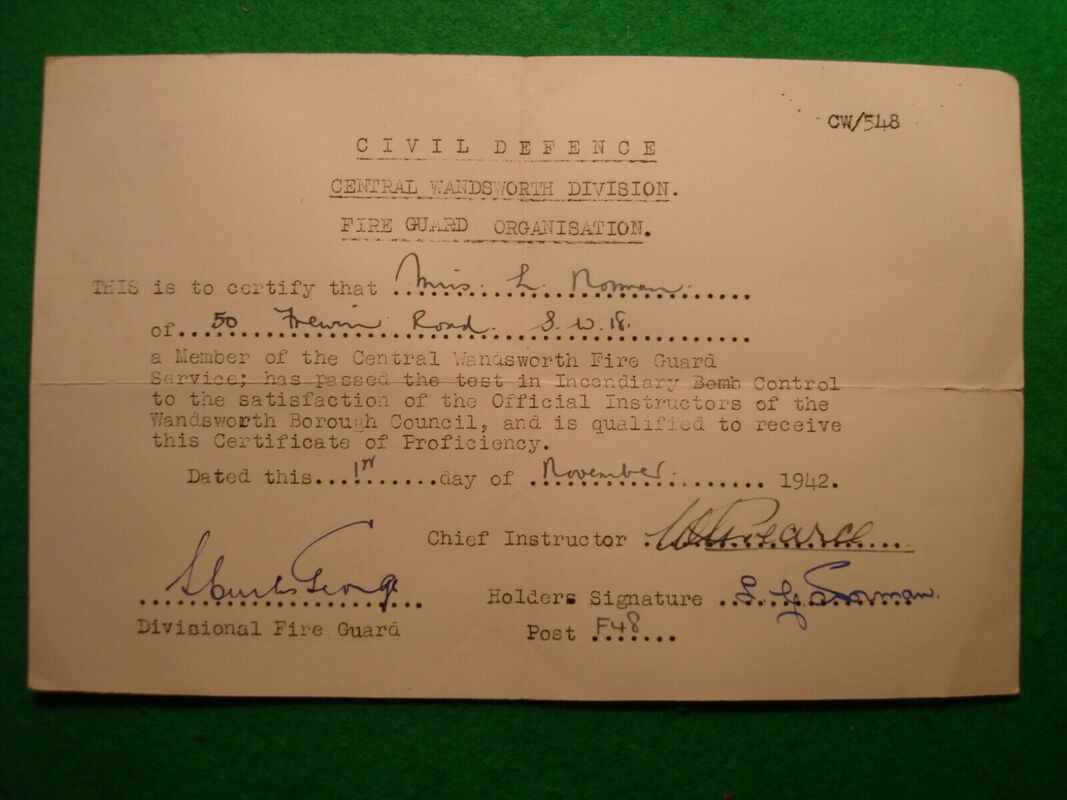
 RSS Feed
RSS Feed